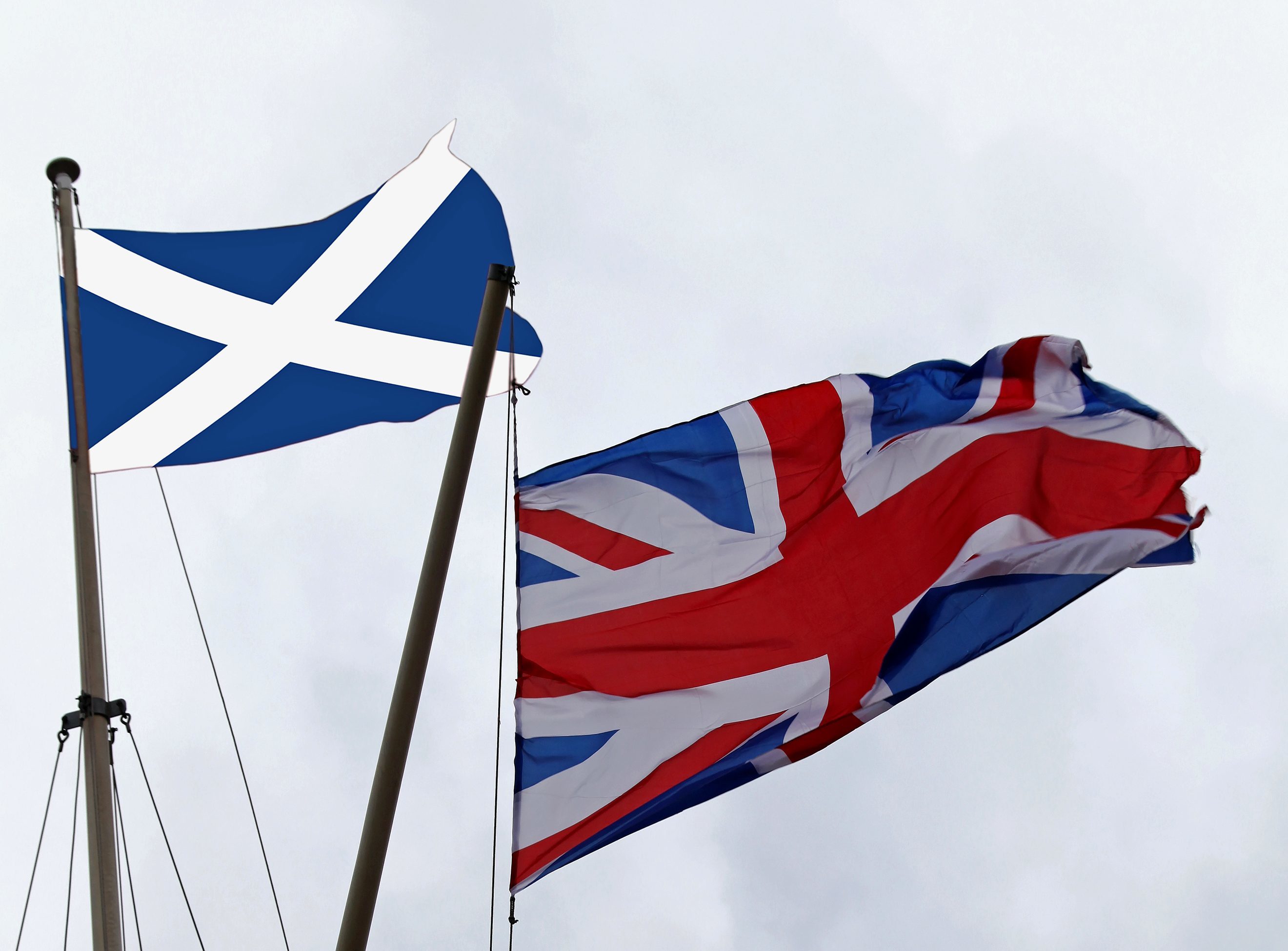
NEWLY released Scottish Government papers outline economic plans for independence in 2014 including a new financial body which could become a Scottish Central Bank with an option for a separate currency.
Civil servants drew up the documents in the run up to the 2014 independence referendum but they were kept confidential until publication under Freedom of Information legislation this week.
The draft papers, which were not approved by ministers, outline various options for a Scottish Monetary Institute (SMI) to employ an estimated 102-445 staff with future yearly running costs up to £49.8 million.
The proposals estimate the running costs would be offset by a transfer of profits from the Bank of England after negotiations. Scotland’s share is worked out as £48 million in 2013, although the document warns that Scotland was at risk of receiving nothing.
The plans largely focus on the SNP’s independence campaign proposals to keep the pound and rely on the Bank of England as a central bank but draws up a table of options for the institute, including becoming a Scottish central bank with a separate currency.
A draft transition plan states the institute would be set up immediately following independence, adding: “The core proposition is for a formal monetary union, a banking union, and clear frameworks in place to manage fiscal sustainability.”
It outlines two ways to deliver this, the first “through a broadly centralised financial and monetary system operated by the Bank of England” which it envisages for the first years of independence.
The second is for the Bank of England to operate monetary union and overall strategy but the SMI to handle the day to day operation of Scotland’s financial and monetary system, similar to the European Central Bank and National Central Bank model in the Eurozone.
The document adds: “If the outcome of negotiations led to the creation of a ‘Scottish Central Bank’, the SMI would fulfil this role as either a non-departmental public body or company (with shares held by the Scottish Treasury).”
A full central bank for Scotland would require an estimated 1,000 staff, the plans detail.
A Scottish Government spokeswoman said: “As part of preparations for the referendum on independence for Scotland held on 18 September 2014, Scottish Government officials carried out extensive preparatory work for the transition to independence in the event of a vote for independence.
“As this work demonstrates, the Scottish Government was engaged in thorough, detailed and comprehensive preparations for an independent Scotland ahead of the 2014 referendum, and similar work will be taken forward ahead of the planned future referendum.
“While these plans reflect conditions in 2014, they do not necessarily reflect the Scottish Government’s current thinking.”

Enjoy the convenience of having The Sunday Post delivered as a digital ePaper straight to your smartphone, tablet or computer.
Subscribe for only £5.49 a month and enjoy all the benefits of the printed paper as a digital replica.
Subscribe